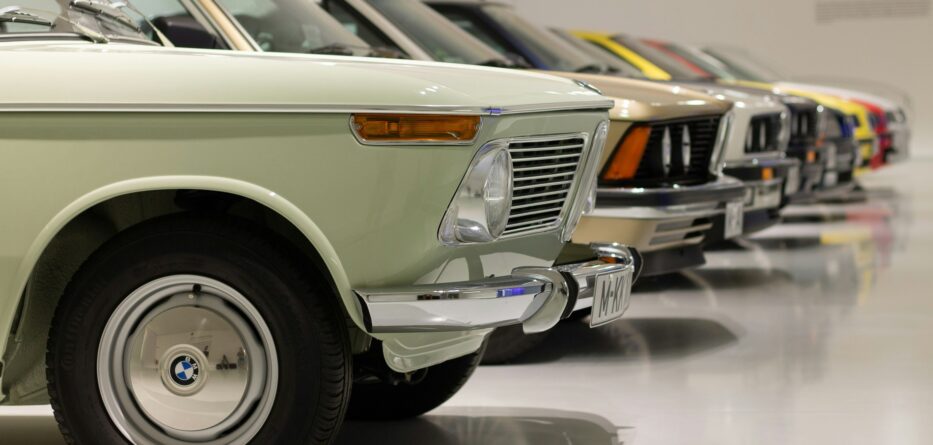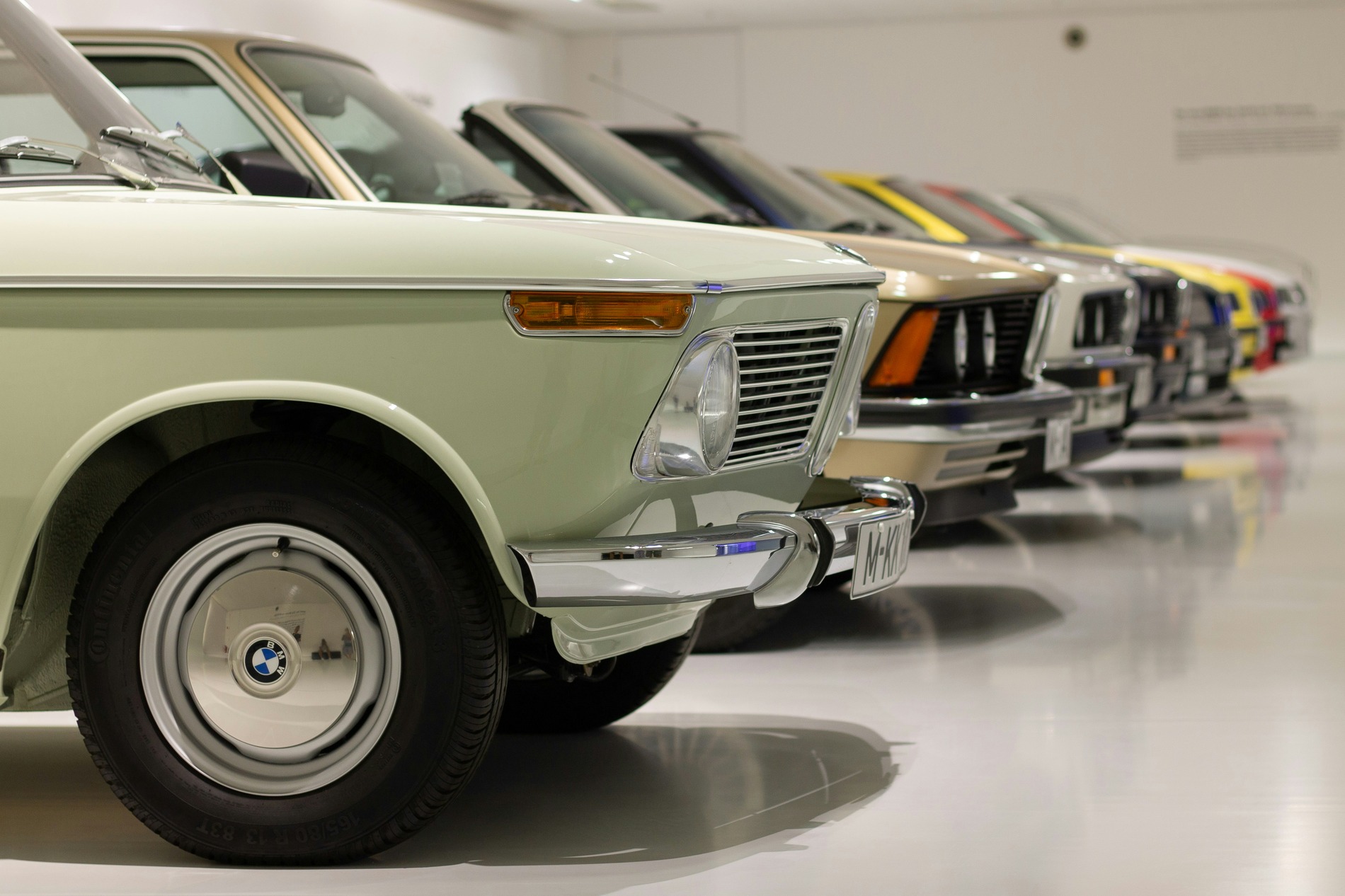
A look at how transportation has evolved from horse-drawn carriages to the modern electric vehicles of today.
The automobile has come a long way from its early days. What started as horse-drawn carriages has transformed into the sleek, eco-friendly electric cars we see today. This fascinating journey of change and innovation tells the story of how transportation has dramatically evolved over time. Let’s take a ride through history to see how we got here!
The Horse-Drawn Carriage Era
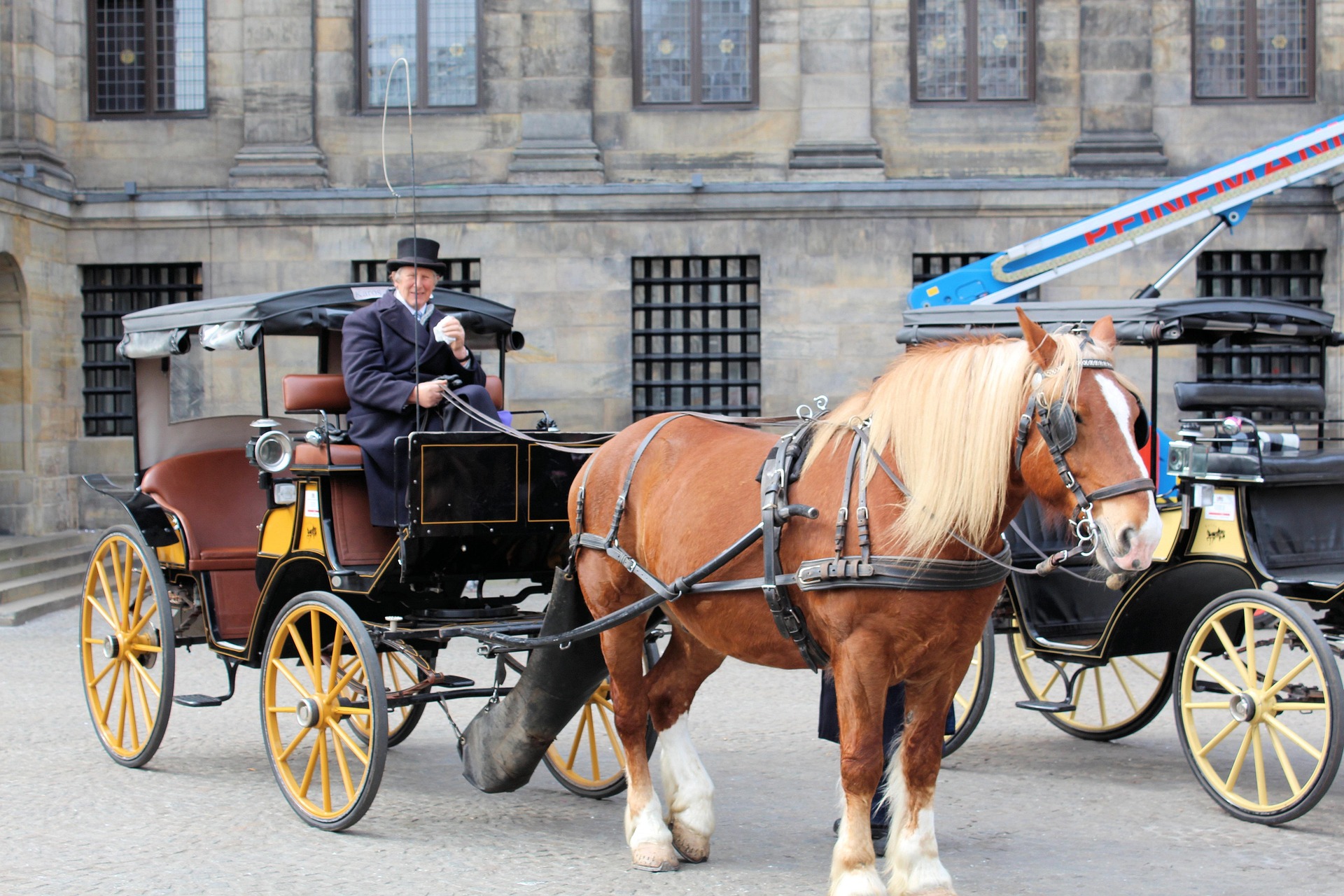
Credit: Pixabay
Before cars, people got around in horse-drawn carriages. These were the go-to mode of transportation for centuries. From simple carts to fancy coaches, carriages were a big part of daily life. While they were great for traveling longer distances compared to walking, they had their drawbacks—slow speeds, limited comfort, and the fact that you needed a horse to move them!
Despite their limitations, these carriages were often seen as a status symbol, especially for the wealthy. But, people were starting to dream of something faster, more reliable, and less dependent on horses. And so, the quest for a better way to travel began.
The Birth of the Automobile
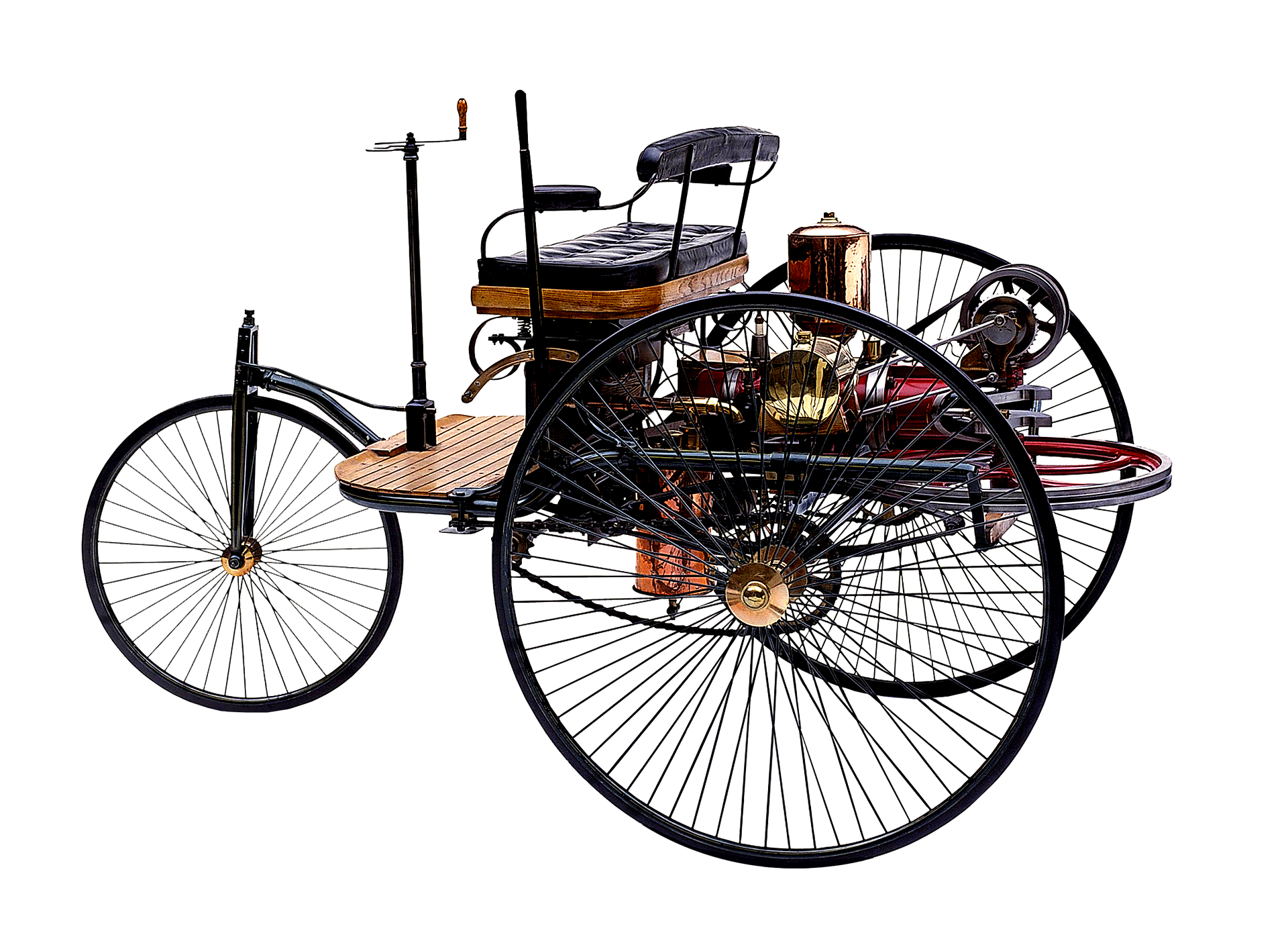
Credit: Pixabay
The real game-changer came in the late 1800s when inventors started experimenting with self-powered vehicles. While early cars were powered by steam, the breakthrough came when Karl Benz developed the Benz Patent-Motorwagen in 1885. This is considered the first true automobile powered by an internal combustion engine.
Benz’s invention wasn’t an instant hit, though. Early cars were expensive, hard to maintain, and didn’t exactly ride like the comfortable ones we have today. Still, this moment marked the birth of a new era in transportation. The dream of a self-driving carriage was becoming a reality.
The Model T and Mass Production
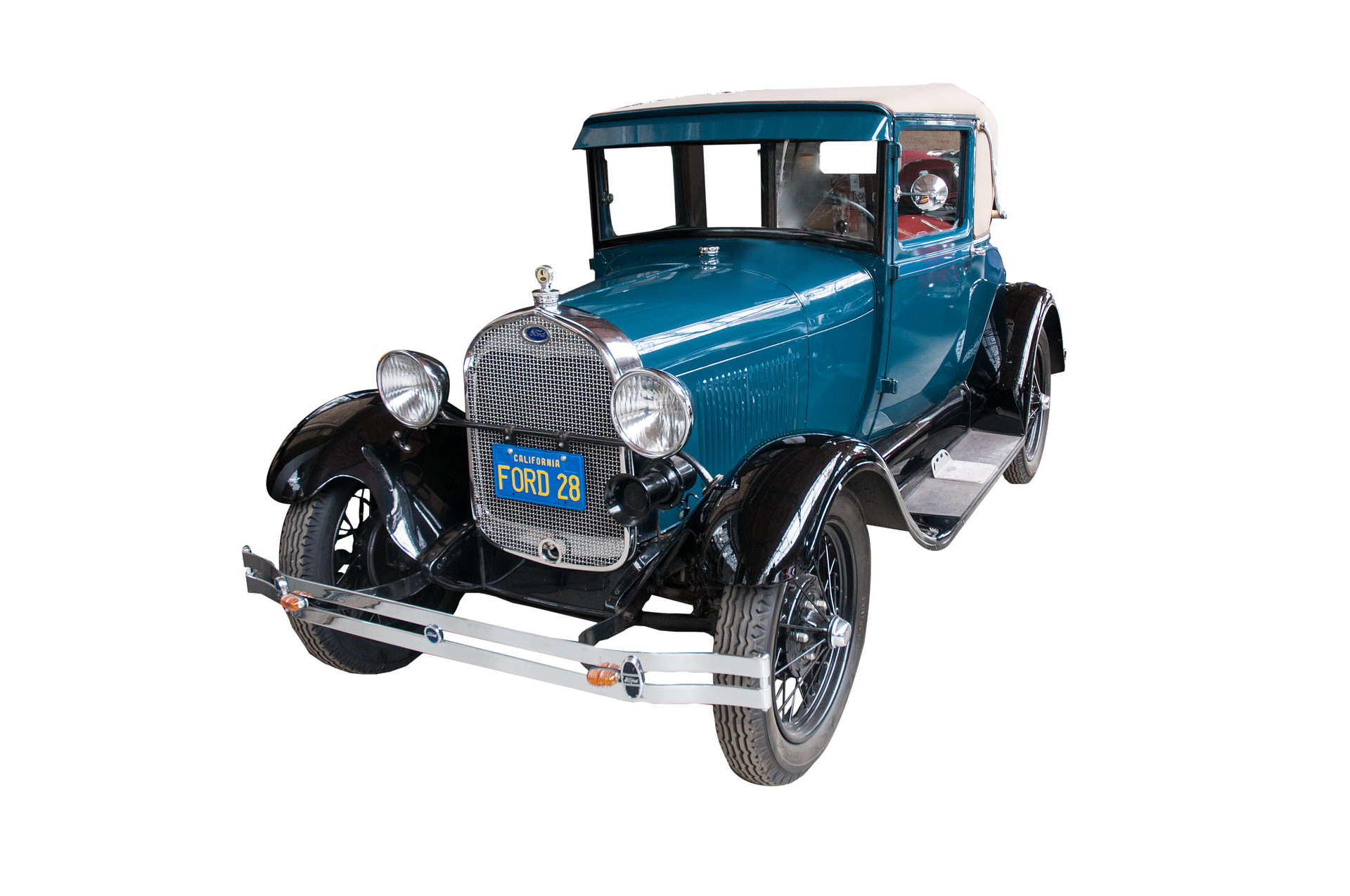
Credit: Pixabay
In 1908, Henry Ford changed the game with his Model T. What made Ford’s car different wasn’t just its design, but the way it was made. Ford introduced the assembly line, a system that allowed cars to be produced quickly and efficiently. This made the Model T affordable to the average person, and suddenly, owning a car wasn’t just for the rich anymore.
The Model T changed the world. Cities grew as people could travel farther, faster, and more easily than ever before. It wasn’t just a car—it was a symbol of progress, and it helped shape the modern world.
Adding Comfort and Safety
As cars became more common, safety and comfort became top priorities. Early cars had almost no safety features, and it wasn’t uncommon for passengers to be injured in accidents. Over time, safety features like seat belts and airbags were introduced, making cars safer to drive.
The 1950s and 60s saw cars become more comfortable and stylish, with features like power steering, air conditioning, and advanced suspension systems. Automakers began designing cars that weren’t just functional—they were enjoyable to drive, too.
The Push for Efficiency and the Rise of Electric Vehicles
By the 1970s, concerns about pollution and rising fuel prices led to a push for more fuel-efficient cars. Manufacturers started making smaller, more efficient vehicles, and new technologies were developed to help reduce emissions.
Fast forward to the 21st century, and the focus is on sustainability. Electric cars (EVs) have surged in popularity as people look for cleaner, greener ways to drive. While electric vehicles have been around for a long time, it wasn’t until recent years, with advancements in battery technology and charging infrastructure, that they’ve become mainstream.
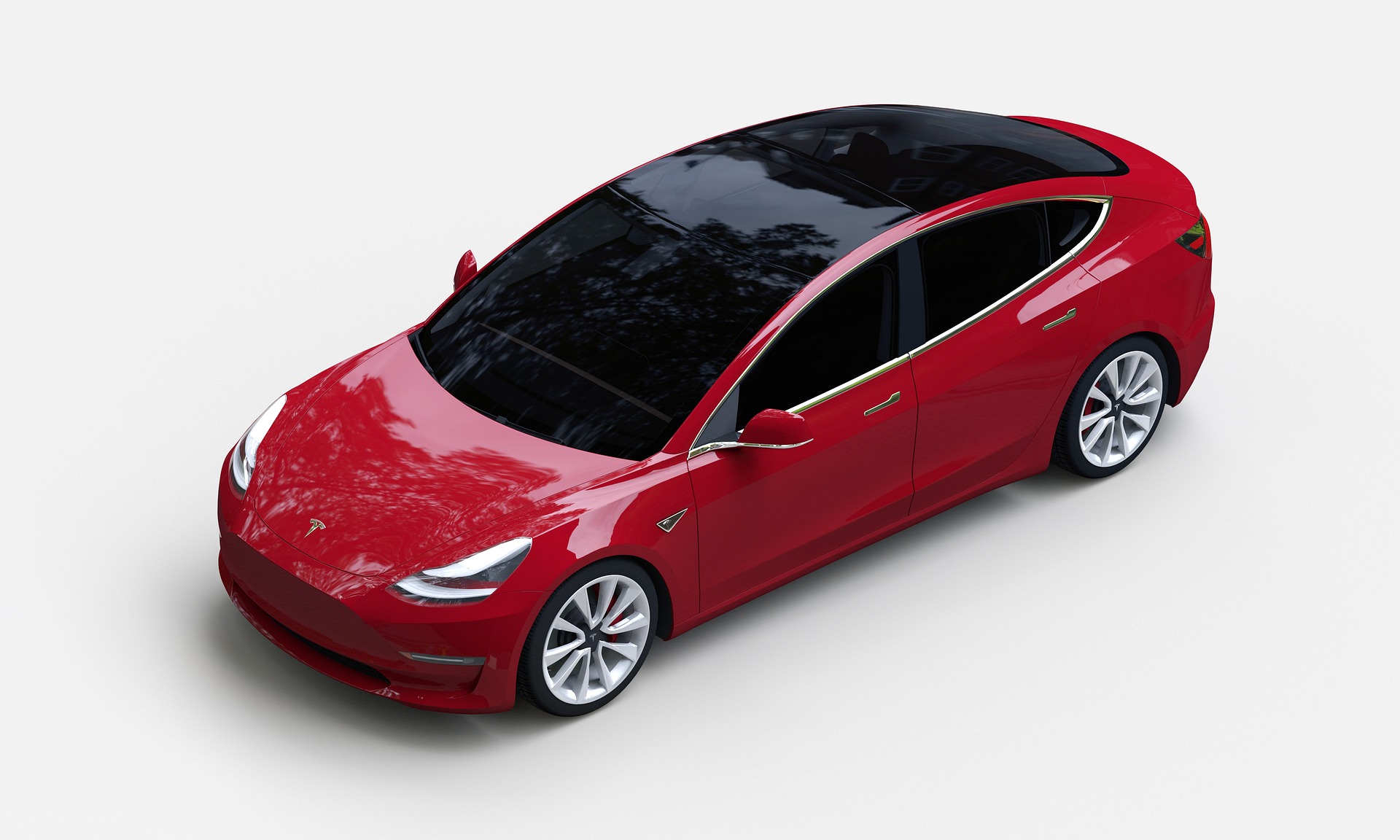
Credit: Pixabay
In 2008, Tesla introduced the Roadster, which not only showed that electric cars could be fast and stylish but also paved the way for a whole new generation of EVs. Today, electric cars are more accessible than ever, and they continue to grow in popularity.
What’s Next for the Automobile?
So, what’s next in the world of automobiles? While electric cars are the current trend, we’re already looking toward the future. Companies are developing self-driving cars that could change the way we think about travel. Imagine a car that drives itself—leaving you free to relax or work while you’re on the road!
There are even talks of flying cars! It might sound like science fiction, but with companies working on prototypes, flying cars could become a reality sooner than we think.
One thing is clear: the automobile will continue to evolve. As technology advances, we’ll likely see even smarter, more efficient, and sustainable vehicles in the future. The journey from horse-drawn carriages to electric cars is just the beginning.
Summing Up
The story of the automobile is one of constant innovation, from the first horseless carriage to the electric cars of today. What started as a slow, bumpy ride has evolved into a fast, efficient, and environmentally-friendly mode of transportation. And who knows where the road will take us next? Whether it’s self-driving cars or flying vehicles, the future of automobiles is exciting, and we’re just getting started.
-
Credit: Envato Elements Calling All Builders — Hugging Face’s DIY Robot Kit Is Now Available Imagine having a curious...
-
Credit: Unsplash Is This New Bill Going to Be a Problem for Americans? AI is creeping into every part...
-
Credit: Unsplash Microsoft Layoffs Are Coming Again; Here’s What We Know Microsoft is letting go of thousands of employees,...
-
Credit: Unsplash Is This a Good Idea? Many Americans Don’t Think So Microsoft’s AI is officially heading to the...
-
Credit: Shutterstock Nintendo is officially rolling the dice on the future of gaming—again. With the upcoming launch of the...
-
TikTok introduces a soothing new feature to help users unwind, sleep better, and break the late-night scrolling habit Yes,...
-
How a Beeping Modem Turned Into Lightning-Fast Connection Everywhere? Once upon a time — and not even that long...
-
Trump’s Latest Tariff Hike Could Send iPhone Prices Soaring Imagine walking into an Apple Store, picking up the newest...
-
Microsoft Enhances Copilot with AI-Driven Tools to Streamline Deep Research and Data Analysis Microsoft is taking Copilot’s capabilities to...
-
Snapchat Introduces New AI-Powered Video Lenses to Enhance Creativity and Fun for Users Snapchat is bringing a whole new...
-
How France’s AI Trailblazer is Taking on OpenAI and Reshaping the AI Landscape Mistral AI is making waves in...
-
Simple and Effective Ways to Create a Personal Brand That Stands Out Online and Opens New Opportunities In today’s...

